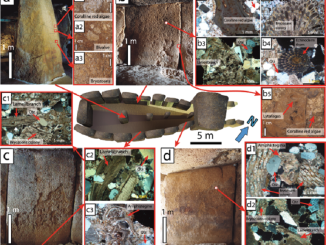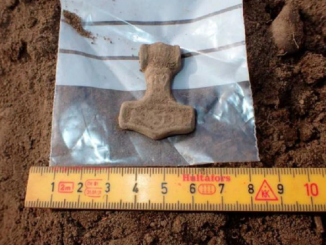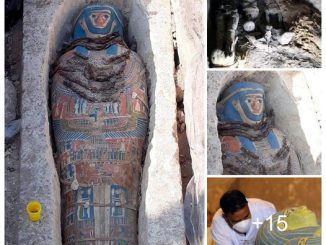Introduction
In the sweeping landscapes of Sweden, where history whispers through the ancient trees and stones, a remarkable discovery has emerged, casting a new light on the Iron Age and the complex tapestry of human life during this period. A cloak, woven with the intricacies of daily existence and the shadow of a violent end, offers a poignant glimpse into the past. Dating from 360 to 100 BCE, this artifact is not only a testament to the textile skill of the era but also bears the silent marks of a crime lost to time. Forensic analysis has revealed that the wearer of this cloak met a violent end, the fabric pierced by stabs that matched the folds of the cloak as it was worn. Adding to its historical significance, this cloak features the oldest known example of a houndstooth pattern, marking a milestone in the evolution of textile design.
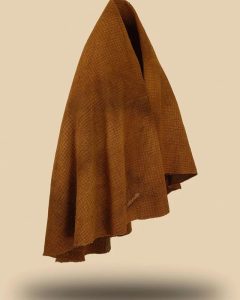
A Cloak Woven with History and Tragedy
The cloak in question is more than a piece of ancient clothing; it is a bridge to the past, carrying the story of an individual who lived, worked, and ultimately died in Sweden’s Iron Age. The forensic analysis that uncovered the cause of death also sheds light on the cloak’s design, revealing that even in the midst of violence, the craftsmanship of the era was unparalleled. The houndstooth pattern, now recognized as one of the oldest examples of such design, speaks volumes about the sophistication of textile production and the aesthetic sensibilities of the time. This discovery challenges preconceived notions about ancient societies, showing them to be not only skilled artisans but also fashion-forward in their own right.
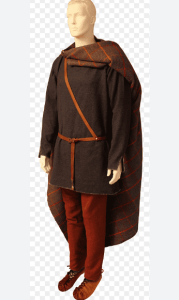
The Significance of the Houndstooth Pattern
The houndstooth pattern, characterized by its broken checks or abstract four-pointed shapes, is a design that has transcended centuries, becoming a staple in the fashion world. The discovery of this pattern on the Iron Age cloak not only pushes back the timeline of this design but also highlights the interconnectedness of fashion and culture through the ages. This pattern, once draped over the shoulders of someone living in the tumultuous Iron Age, now finds resonance in modern attire, a testament to the enduring nature of human creativity and style. The cloak serves as a reminder that our ancestors, despite the passage of millennia, shared a common thread with us in their appreciation for beauty and design.
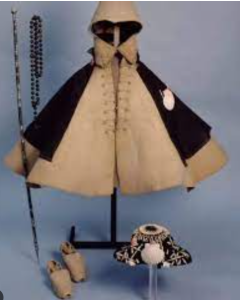
Forensic Insights and Ancient Discoveries
The application of forensic analysis to archaeological discoveries has opened new doors to understanding the past. In the case of the Iron Age cloak, this scientific approach has provided a rare glimpse into the circumstances surrounding the wearer’s death, offering a narrative that is as compelling as it is tragic. This methodological crossover between archaeology and forensic science enhances our ability to piece together historical puzzles, revealing the human stories behind ancient artifacts. As we uncover more about the lives of those who came before us, we gain a deeper appreciation for the complexity of human history and the myriad ways in which our ancestors navigated the challenges of their time.
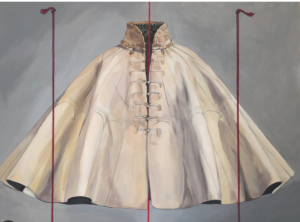
Conclusion
The discovery of the Iron Age cloak in Sweden, with its ancient stab wounds and historic houndstooth pattern, is a poignant reminder of the depth and richness of our shared human history. This artifact, a silent witness to both the creativity and the cruelty of the past, offers invaluable insights into the Iron Age, highlighting the sophistication of textile craftsmanship and the timeless nature of human design. As forensic analysis continues to unravel the stories woven into ancient artifacts, we are reminded of the connections that bind us to our ancestors, the enduring legacy of human expression, and the mysteries of the past that await discovery. Through such findings, we bridge the gap between past and present, continuing to learn from the artifacts that have stood the test of time, bearing witness to the complexity and resilience of human culture.
